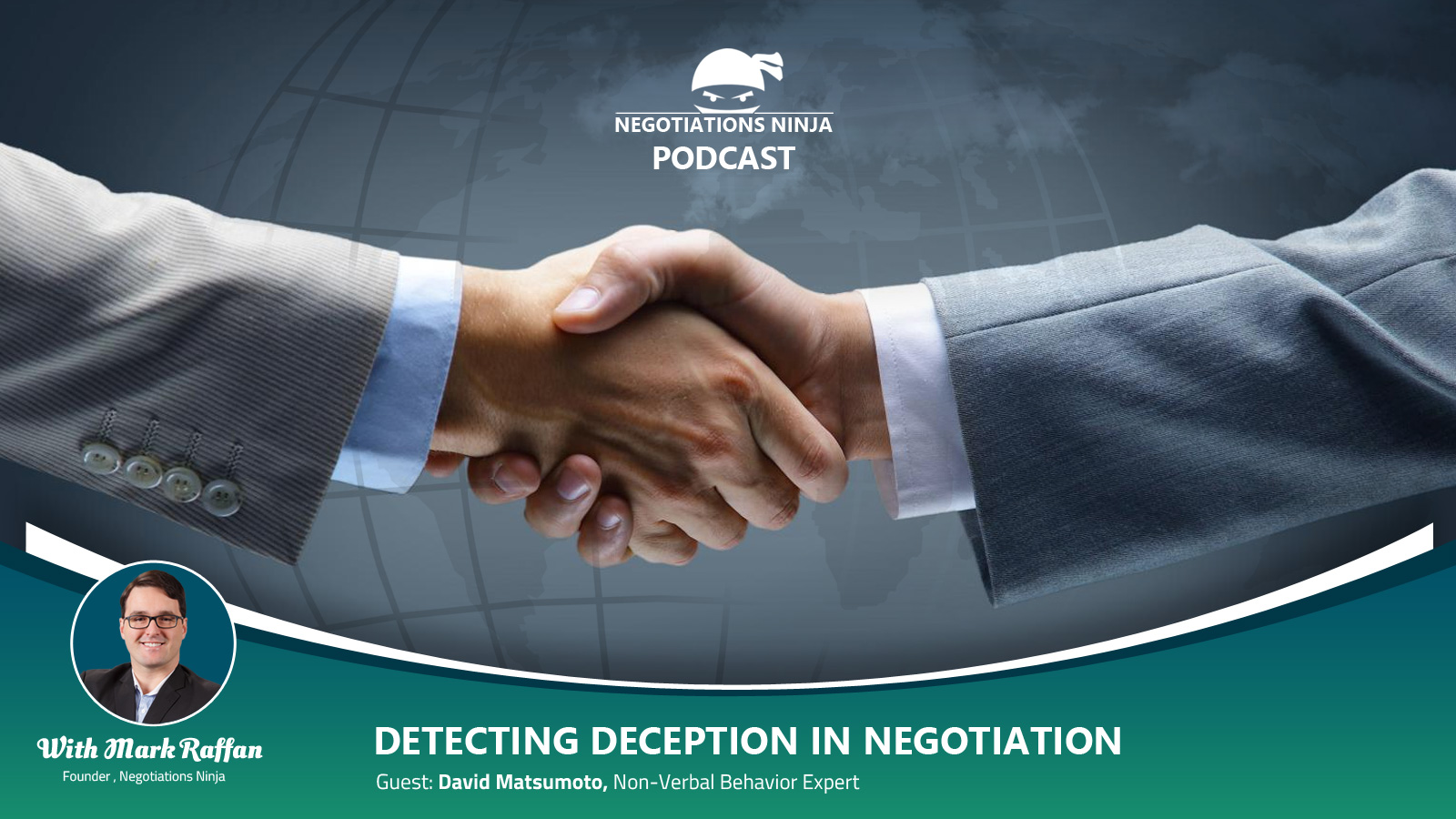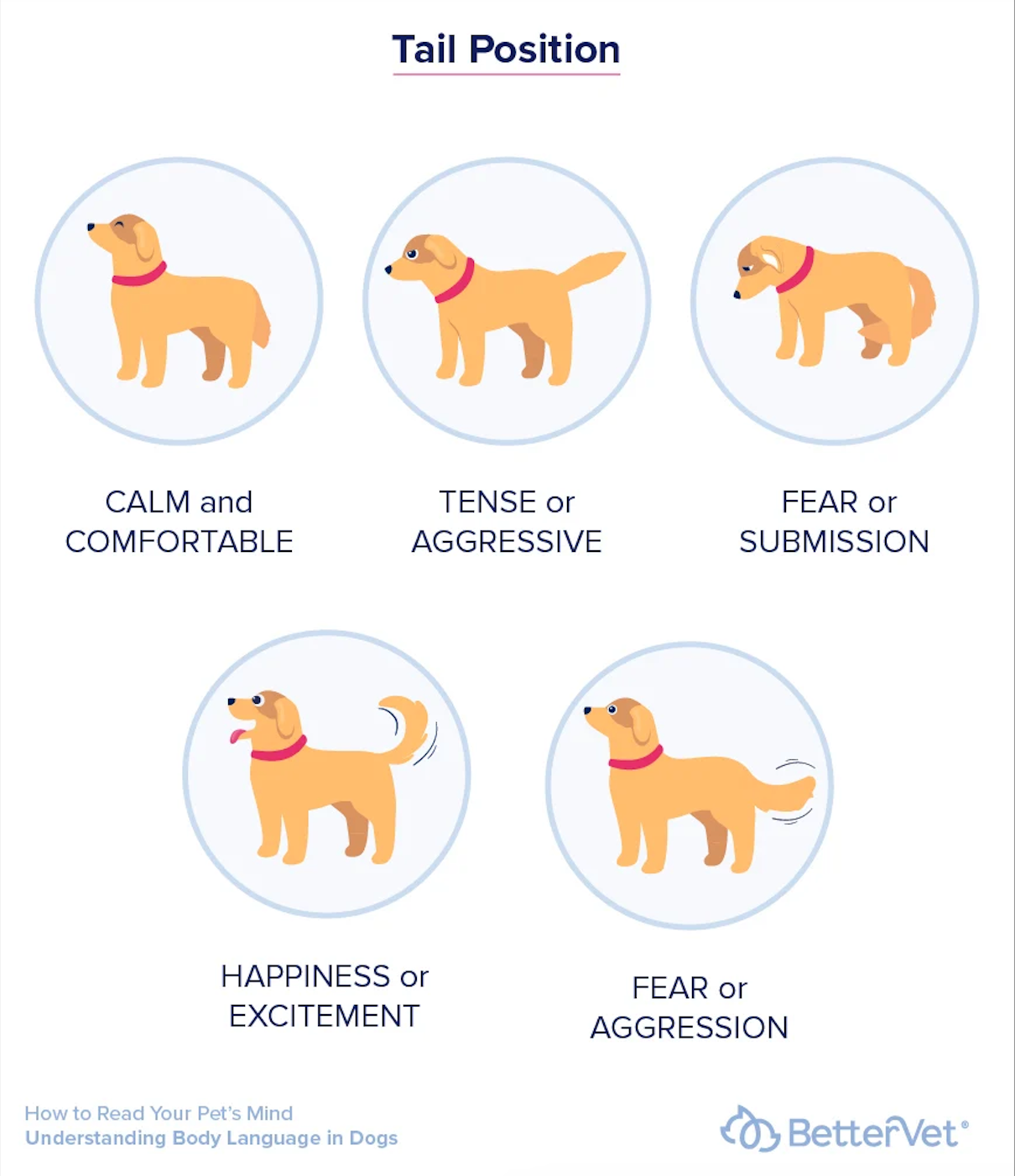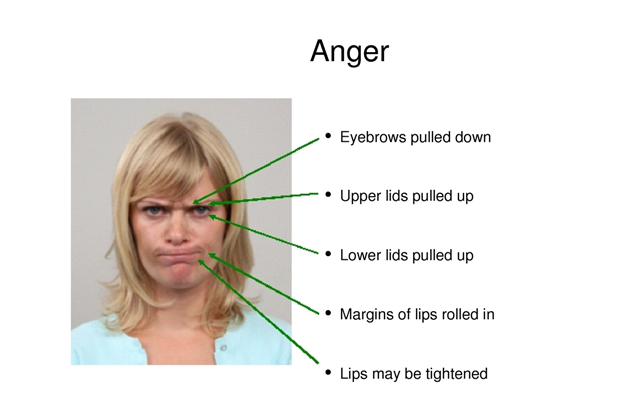Listen to Dr. Matsumoto on Negotiate Anything Podcast
You may think that in a tough negotiation you need a good poker face, but recent research suggests that being pleasant and facially expressive could actually yield you better results.
Researchers out of Nottingham University in the UK collected data from over 1500 conversations while paying close attention to movements in the face like smiles, eyebrow raises, and nose wrinkles.
Their paper was published in Nature and is entitled “Being facially expressive is socially advantageous”.
They found that people who displayed more facial expressions were seen as more likable and socially successful.
Lead researcher Dr. Bridget Waller said this could explain why humans have more complex facial expressions than any other species.
Negotiation Study Methodology
 In Study 1, the researchers recorded semi-structured video calls with 52 participants interacting with a confederate across various everyday contexts.
In Study 1, the researchers recorded semi-structured video calls with 52 participants interacting with a confederate across various everyday contexts.
The researchers showed recorded clips of conversations to more than 170 people and asked them to rate how “readable” (in terms of emotions and expressions) and likable the subjects were in the videos.
In Study 2, they examined video calls of 1315 participants engaging in unscripted Zoom chats.
Facial expressivity indices were extracted using automated Facial Action Coding Scheme (FACS) analysis and measures of personality and partner impressions were obtained by self-report.
Negotiation Study Results
 In Study 1, more facially expressive participants were more well-liked, agreeable, and successful at negotiating (if also more agreeable).
In Study 1, more facially expressive participants were more well-liked, agreeable, and successful at negotiating (if also more agreeable).
Participants who were more facially competent, readable, and perceived as readable were also more well-liked.
In Study 2, they replicated the findings that facial expressivity was associated with agreeableness and liking by their social partner, and additionally found it to be associated with extraversion and neuroticism.
These characteristics are part of the five most significant personality dimensions (the Big Five) identified by psychologists, which enable them to characterize personality differences between individuals in a comprehensive way:
- Openness: willingness to adopt new ideas, experiences and values
- Conscientiousness: dependability, punctuality, ambitiousness and discipline
- Extraversion: sociability, assertiveness, adventurousness, dynamism and friendliness
- Agreeableness: willingness to trust others, good natured, outgoing, obliging, helpful
- Neuroticism (Emotional stability): self-confidence, equanimity, positivity, self-control
According to the study’s abstract, “these findings suggest that facial behavior is a stable individual difference that proffers social advantages, pointing towards an affiliative, adaptive function”.
Study Implications
This is the first large-scale study to examine facial expression in real-world interactions and researchers say it suggests that more expressive people are more successful at attracting social partners and in building relationships.
The work is part of a project known as Facediff (Individual differences in facial expressivity: Social function, facial anatomy and evolutionary origin), which is funded by the European Research Council.
Detecting Deception in Negotiation

Negotiations Ninja featured Humintell’s own Dr. David Matsumoto on their podcast to discuss detecting deception in negotiation!
During the episode Dr. Matsumoto shares his insights on how to read facial expressions, emotions, and intent. For those in negotiation, it’s sometimes difficult to understand what a person is actually feeling or thinking when they’re engaging face-to-face.
Dr. Matsumoto shares the research on less obvious facial expressions a procurement professional may encounter along the way. He’s sharing research into micro-expressions including what they are, what they reveal about the person, and how they communicate with the brain.
This is a fascinating conversation about everything from discipline in judo, to the way our approximately 23 facial muscles work, to his number one tip for professionals – active observation.
The post To Be A Better Negotiator, Show More Facial Expressions first appeared on Humintell.


 Domestication of Dogs
Domestication of Dogs There are many ways to
There are many ways to  For their
For their  This process is like a Japanese tradition called hakidashisara, in which people write their negative thoughts on a plate then destroy it.
This process is like a Japanese tradition called hakidashisara, in which people write their negative thoughts on a plate then destroy it.